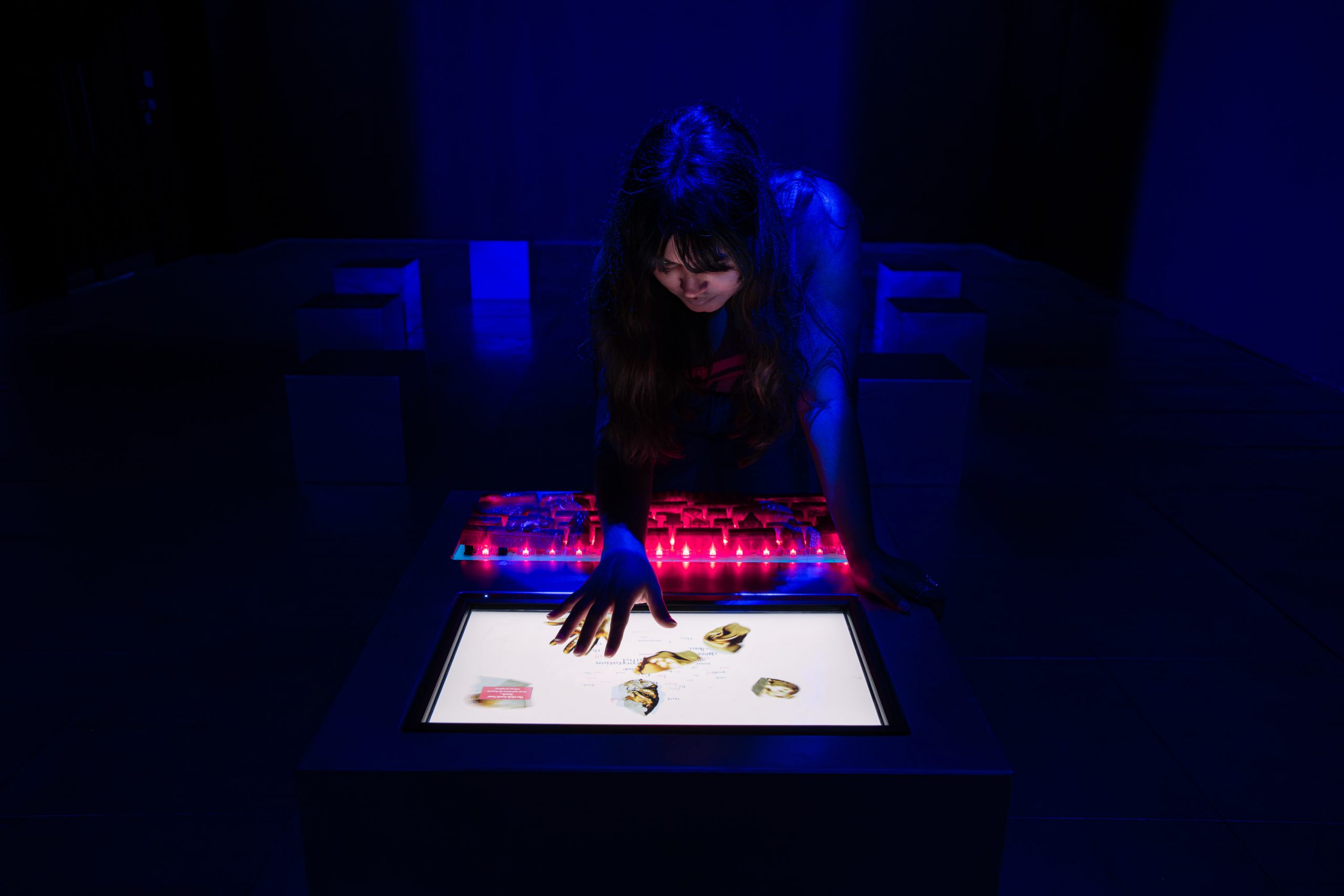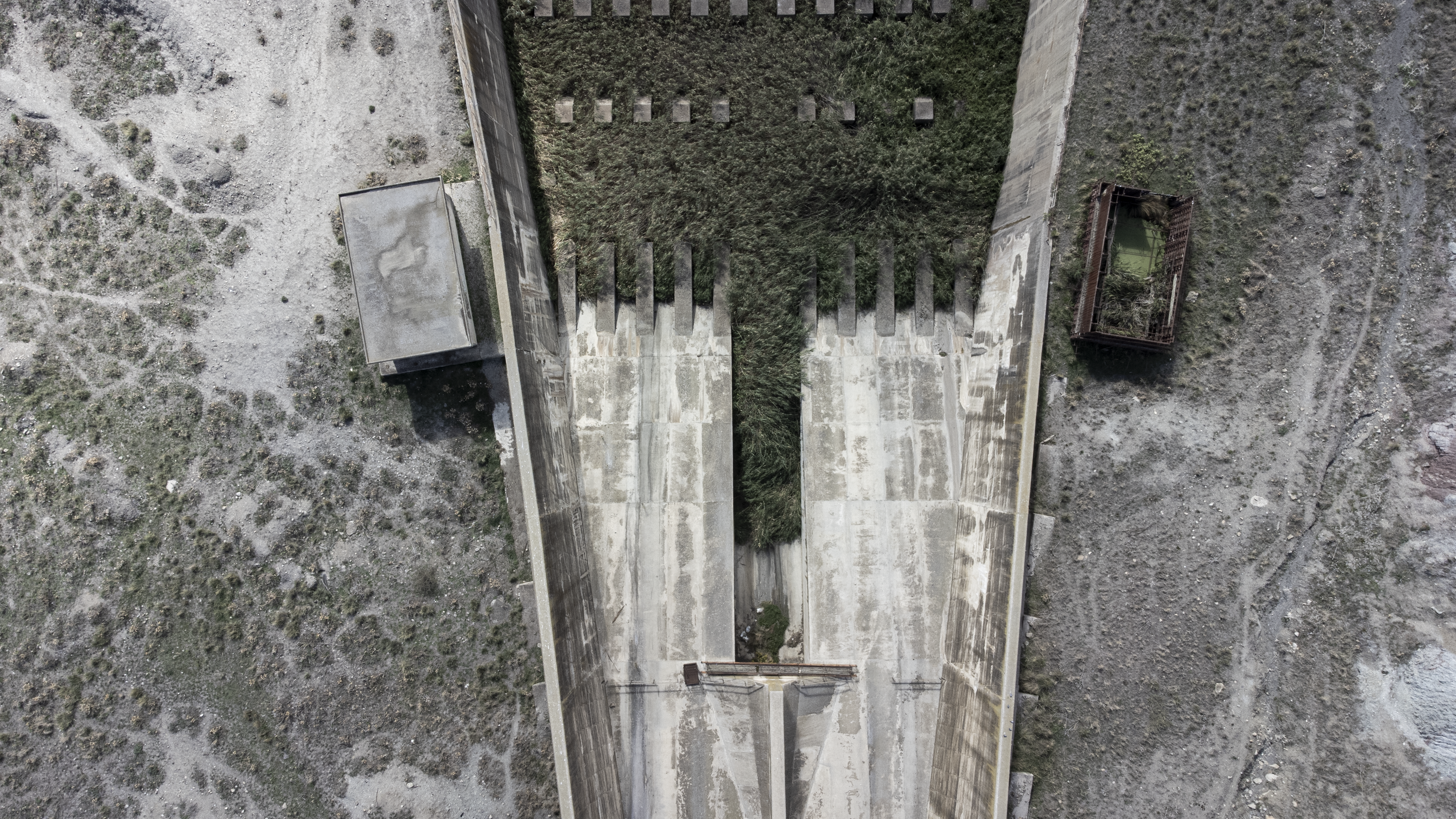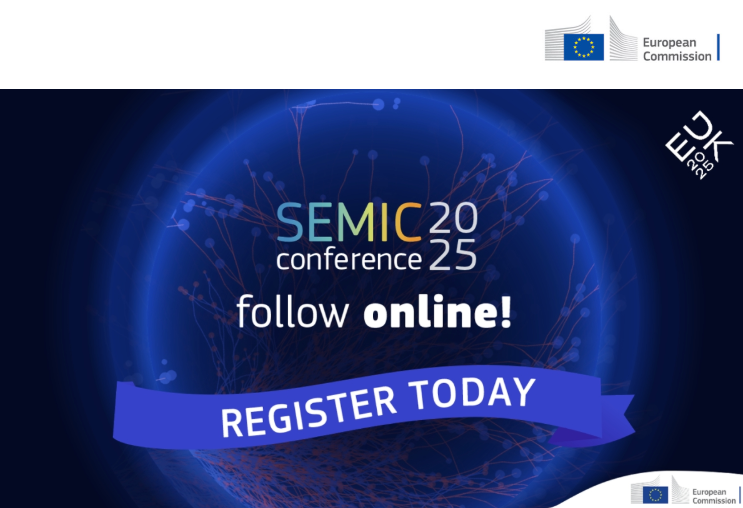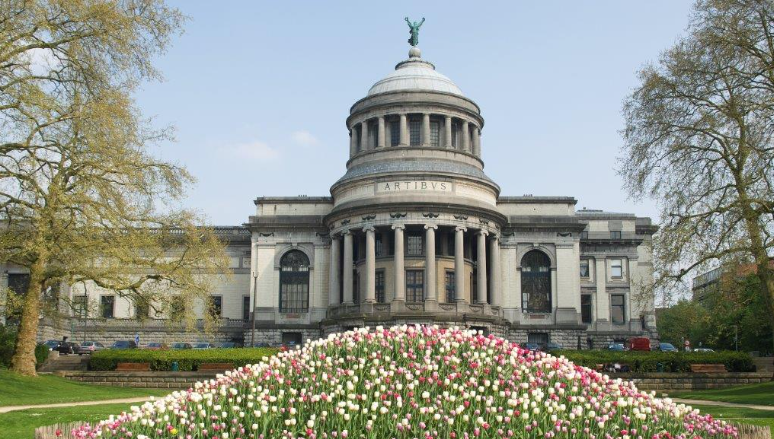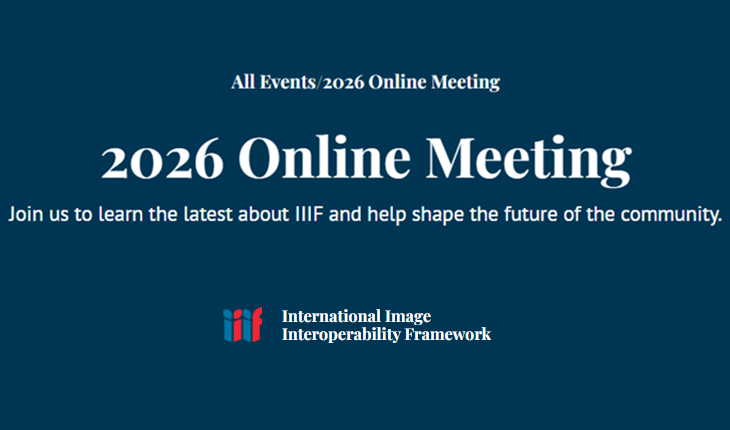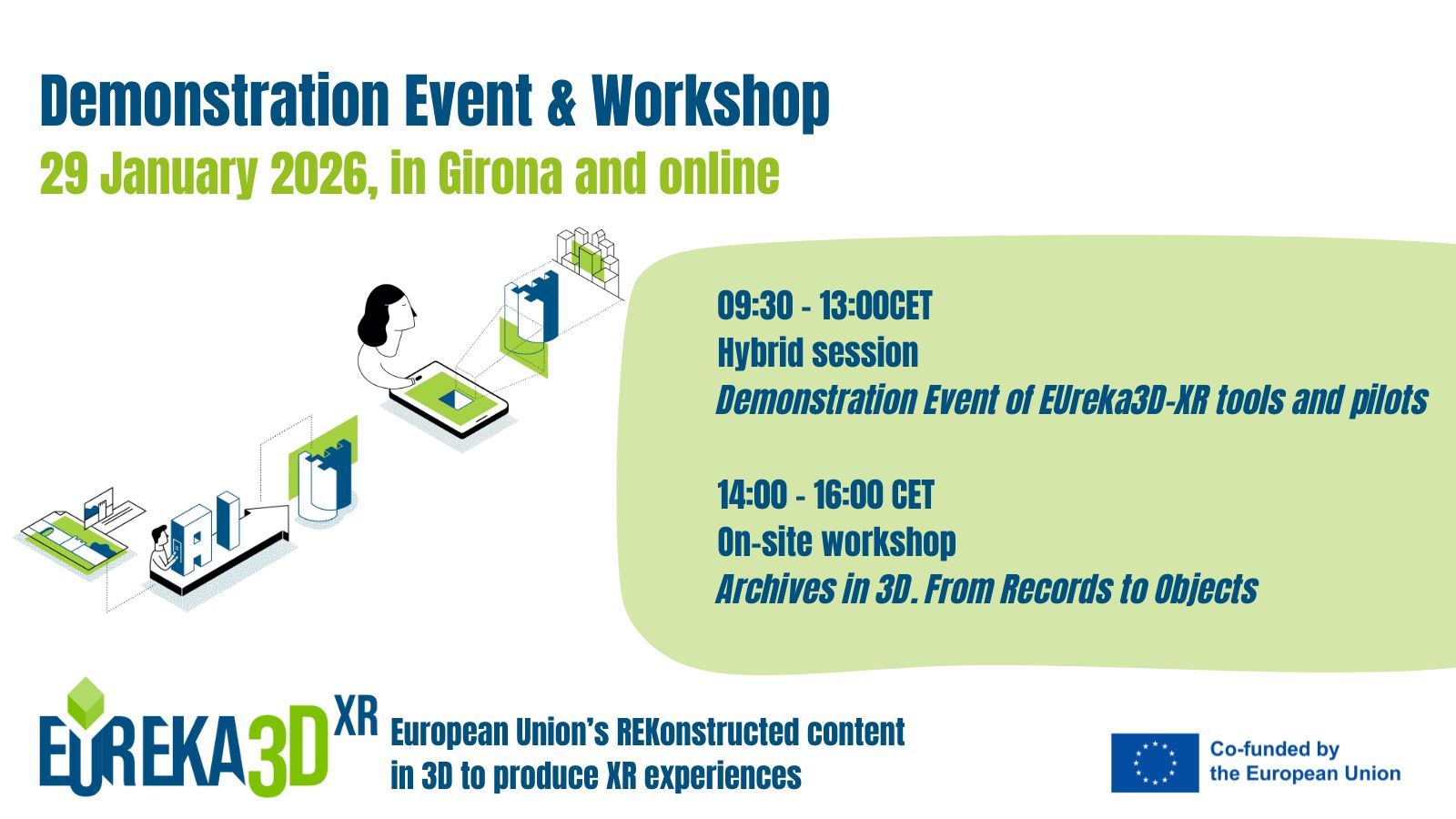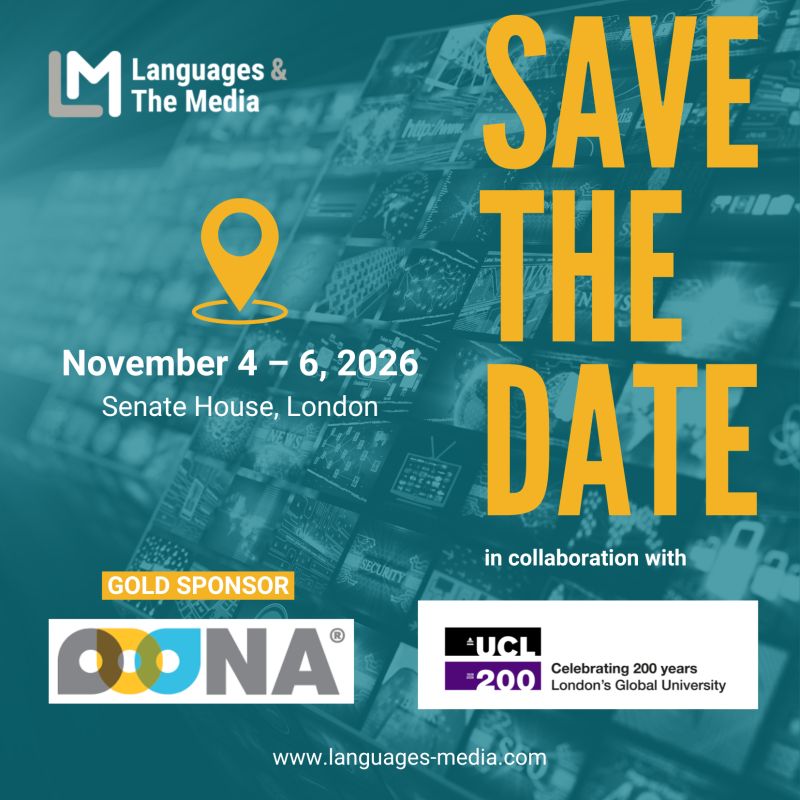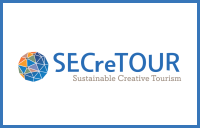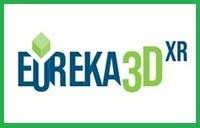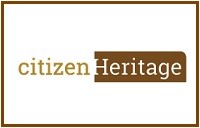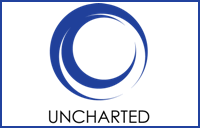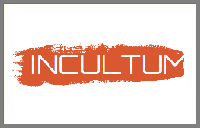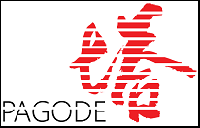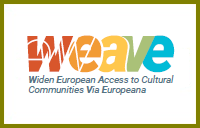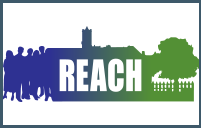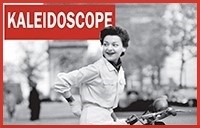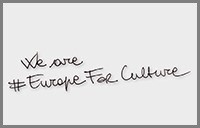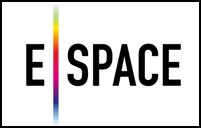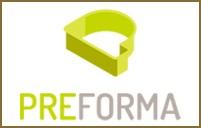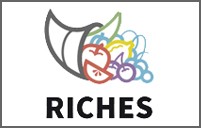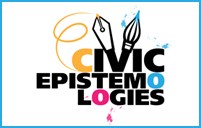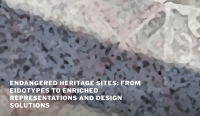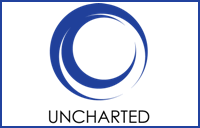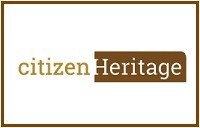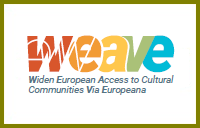Login Status
-
Free text
UPCOMING EVENTS:
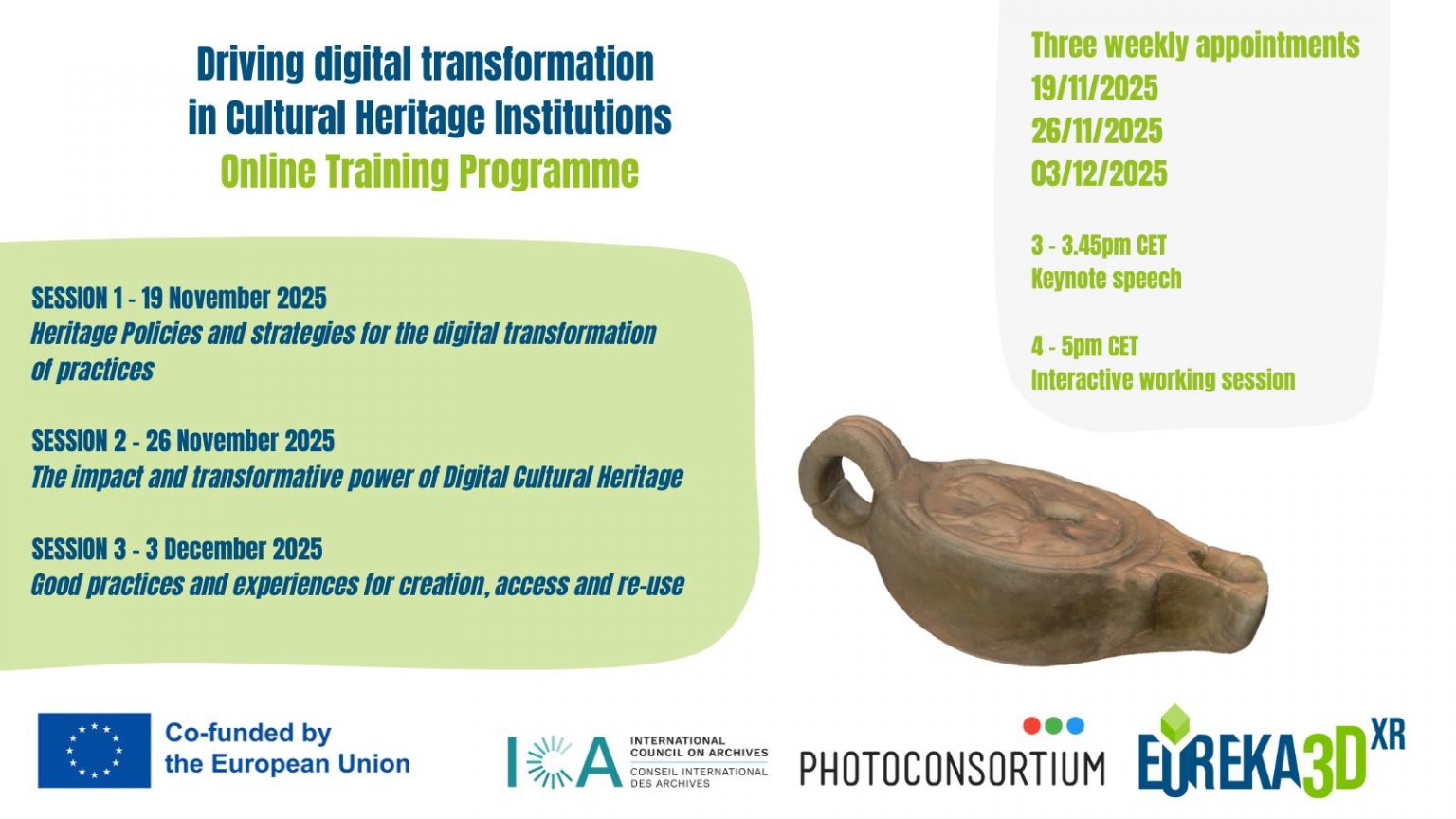 an online training programme by EUreka3D-XR in collaboration with ICA International Council on Archives
an online training programme by EUreka3D-XR in collaboration with ICA International Council on Archives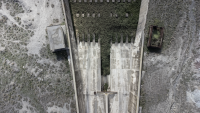 Dealine: December 8 2026, h. 00.00
Dealine: December 8 2026, h. 00.00AIPAI Photo Contest renews for its 4th edition! The contest is designed to raise awareness and promote the culture of industry, the memory of work, the architectural, technological and landscape heritage of industrial archaeology, is aimed at professional photographers, amateurs, … Continue reading →
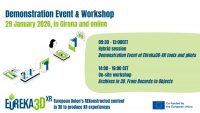 Girona and online, 29 January 2026
Girona and online, 29 January 2026The EUreka3D-XR organizes a Capacity Building and demonstration event at a moment when the project’s progress in the development of tools and pilot scenarios has become both visible and significant, offering tangible insights into how 3D and XR technologies can … Continue reading →
Topic: digital preservation
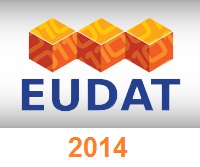
EUDAT is embarking on its third year with an even stronger focus on communities, services (both existing and new), training and collaboration. Continue reading

iPRES is the major international conference on the preservation and long-term management of digital materials. The iPRES 2017 hosted by Kyoto University will contribute to promotion of researches and development of technologies and services of digital preservation. Following the success of the previous conferences, the iPRES 2017 will serve as an international forum for the global community of digital preservation. Continue reading
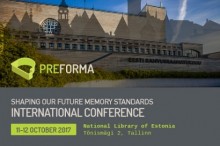
Following the successful workshops organised in Stockholm, Berlin and Padua, the PREFORMA project invites all the members of the digital preservation community to attend the PREFORMA International Conference – Shaping our future memory standards, which will be held in Tallinn … Continue reading
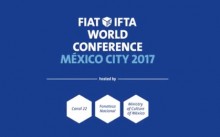
The 2017 edition of the FIAT/IFTA World Conference will be organised in October 2017 in Mexico City. FIAT/IFTA’ s annual conference is a unique opportunity to discover the future of the audiovisual domain and its new tendencies and uses, exchange knowledge and experience, and promote the study of any topic relevant to the development and valorisation of audiovisual archives. Continue reading
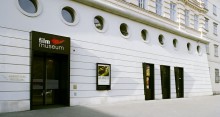
The PREFORMA project and MediaArea are pleased to announce initial details for a 2nd No Time to Wait symposium, hosted by the Österreichisches Filmmuseum – Austrian Film Museum. Members of audiovisual archiving, digital preservation, open media development, and open format standardization communities as well as curious onlookers are welcome to attend, discuss, and present on subjects pertaining to the intersection of open media, standardization, and audiovisual preservation. Continue reading
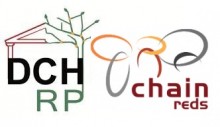
A Memorandum of Understanding has been signed between the two projects to promote and support technological and scientific collaboration across different e-Infrastructures established and operated in various continents, in order to define a path towards a global e-Infrastructure ecosystem. Continue reading
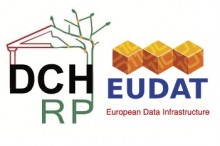
A Memorandum of Understanding has been signed to formalise the fruitful cooperation started in the past months between the two projects funded by the European Commission. Continue reading
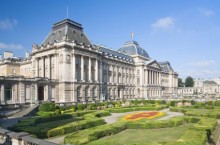
On 9-10 December, at the EBN (European Business & Innovation Centre Network) in Brussels, 10 partners from 6 EU countries and Turkey kicked-off RICHES, a new EC funded research project in the field of Socio-Economic Sciences and Humanities. RICHES investigates the change digital technologies are bringing to our society. Continue reading
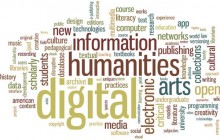
Digital Humanities Awards are a new set of annual awards given in recognition of talent and expertise in the digital humanities community and are nominated and voted for entirely by the public. There is no financial prize associated with these community awards, just the honour of having won and an icon for your website. By its work at making available, with the most advanced digital technologies’ support, the vast majority of the surviving inscriptions from the Greco-Roman world, we think EAGLE can be a valid and qualified competitor for 2013’s edition of DH Awards. Continue reading

The Digital Scholarly Editions Initial Training Network (DiXiT) offers 12 fellowships to Early Stage Researchers (ESRs) for a period of 3 years and 5 fellowships to Experienced Researchers (ERs) for a period of 12 to 20 months. Fellowships are now open for applications (except 4 ER fellowships which will start at a later date). Continue reading


